Latest

New study reveals aligned brain waves strengthen the bond between humans and dogs
Scientists have discovered that human and dog brain waves synchronize during social interactions, offering new insights into our unique bond.
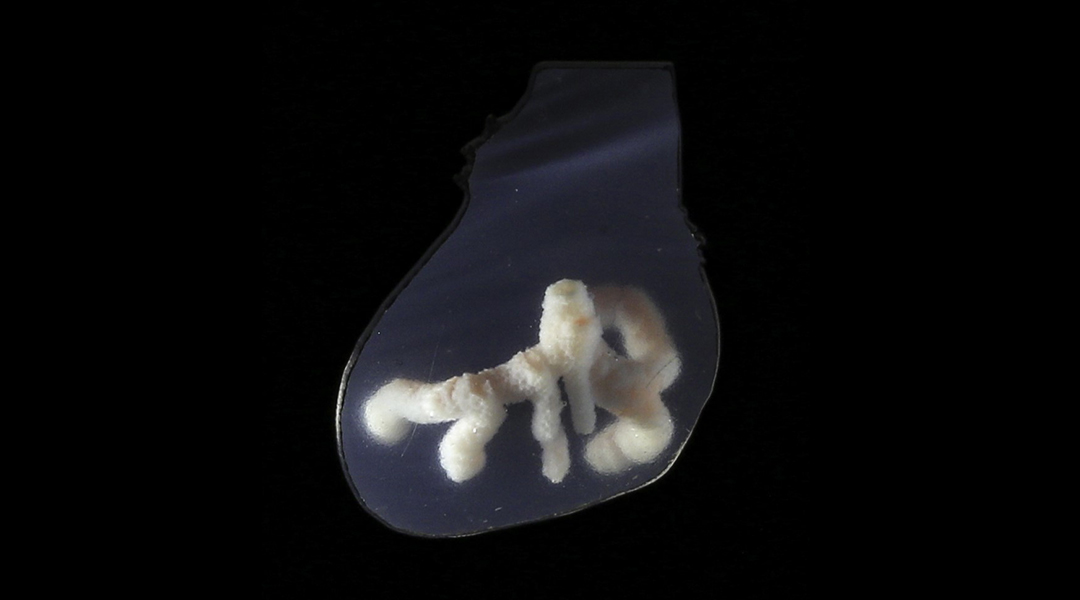
3D printing creates human-like blood vessels in heart tissue
This 3D printing method could make lab-manufactured organ transplants not just a possibility but a viable reality.

A working quantum battery may be just around the corner
Scientists create designs for quantum batteries, which harness the potential of quantum mechanics to enhance energy storage.
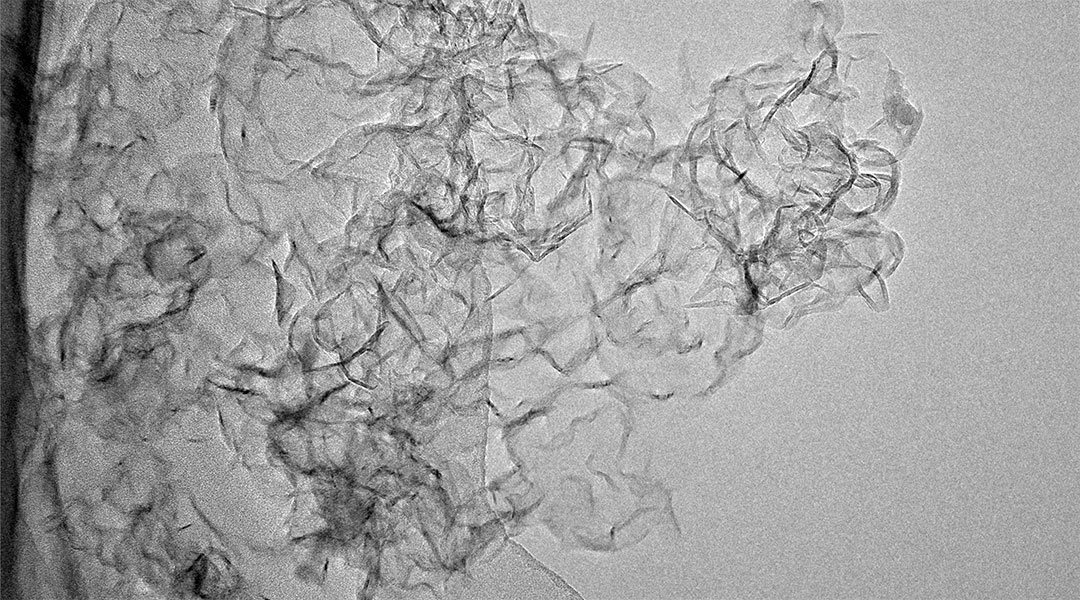
How can we spur plastic upcycling? Turn it into something valuable
Scientists convert harmful microplastics into valuable graphene using plasma, offering a promising solution for this type of pollution.
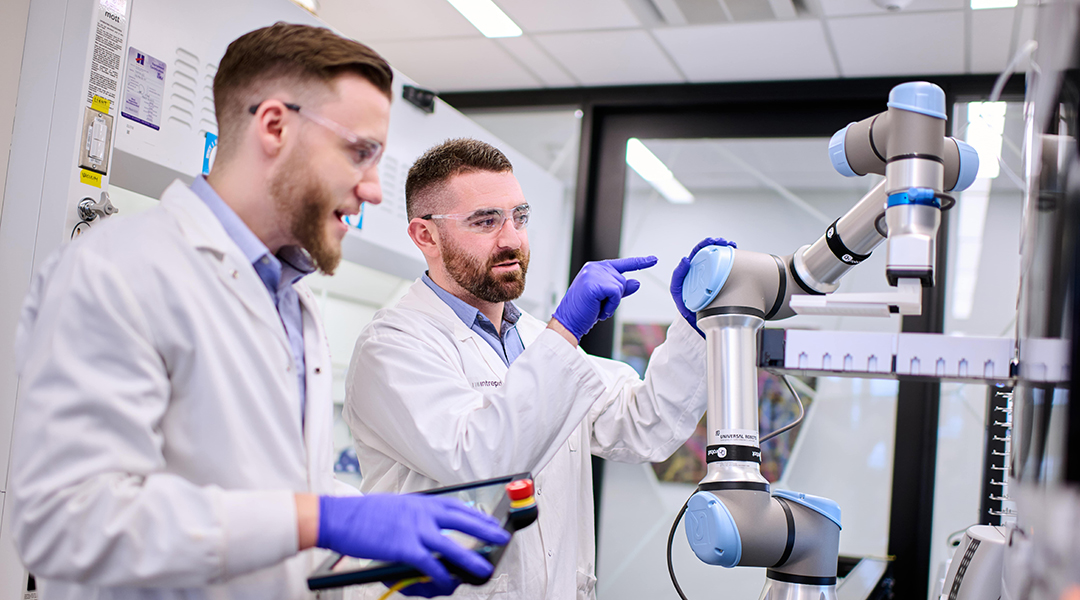
AI and robotics join forces to revamp how medications are made
Scientists are speeding up drug formulation to breath new life into old medications and reduce risk of clinical trial failure.

“Untangling” phase changes in superconductors
The link between entanglement, energy, and the phase transition from superconductor to insulator isn’t just a theoretical curiosity.

Nanomotors may help arthritis medications get to joints
Injected arthritic drugs often get stuck in the sticky synovial fluid found between the joints, but tiny nanomotors may help liberate them.
ASN Weekly
Sign up for our weekly newsletter and receive the latest science news directly to your inbox.

Quantum advantage tested in quantum games
A set of quantum computers was put to the test by playing the notorious triangle game.

Smart threads make for dexterous catheters
A flexible magnetic catheter made from “smart threads” will help make surgeries less invasive, safer, and easier to perform.

Tiny batteries are powering computer miniaturization
Using tiny batteries, researchers hope to power ever-smaller computers and advance the Internet of Things and ubiquitous computing.

Vaccine misinformation moderately curbed by new Facebook policy
New study provides evidence that social media companies have the tools to reduce the impact of vaccine misinformation on their platforms.

Universal donor lungs could shorten transplant waiting times
By changing the blood type in a set of donor lungs, researchers hope to one day create universal donor organs.

How “wavy” whiskers help seals detect faraway prey
Recreating the bead-like structure of seal whiskers grants scientists insight into new underwater technologies.

Searching for dark matter in our solar system
Sending atomic and nuclear clocks into the inner reaches of our solar system could help scientists find proof of elusive dark matter.
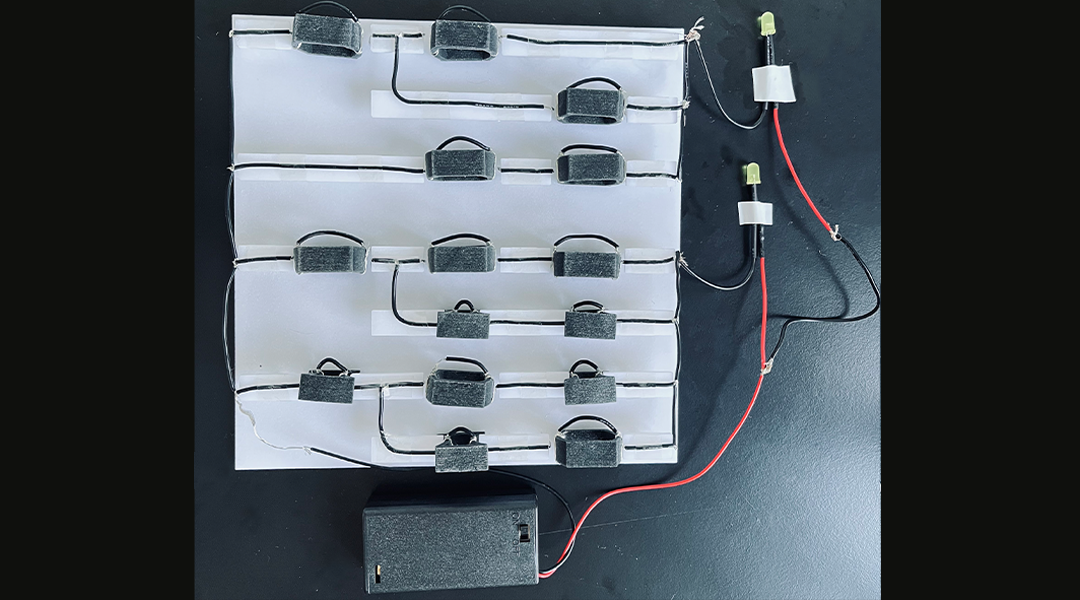
Reviving mechanical computers for use in extreme environments
Putting a modern spin on old tech, scientists create a mechanical computer from metamaterials for situations where electronic computers break down.
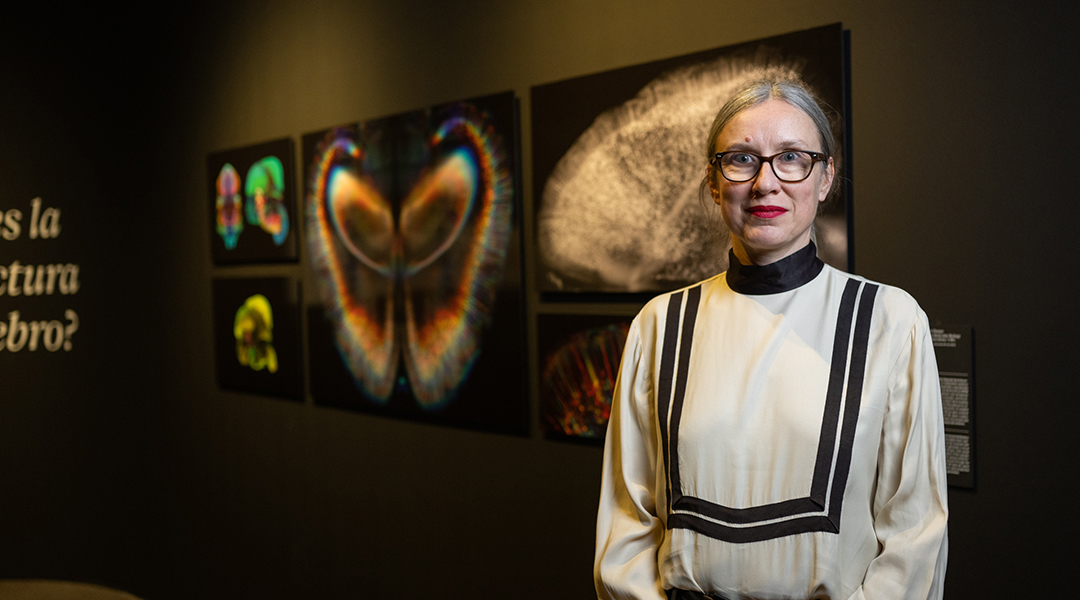
Can art help us understand our own brain?
The exhibition Brain(s) uses artistic installations to explore unanswered questions and the relationship between science and culture.
No Results Found
The page you requested could not be found. Try refining your search, or use the navigation above to locate the post.
No Results Found
The page you requested could not be found. Try refining your search, or use the navigation above to locate the post.
No Results Found
The page you requested could not be found. Try refining your search, or use the navigation above to locate the post.
No Results Found
The page you requested could not be found. Try refining your search, or use the navigation above to locate the post.
No Results Found
The page you requested could not be found. Try refining your search, or use the navigation above to locate the post.
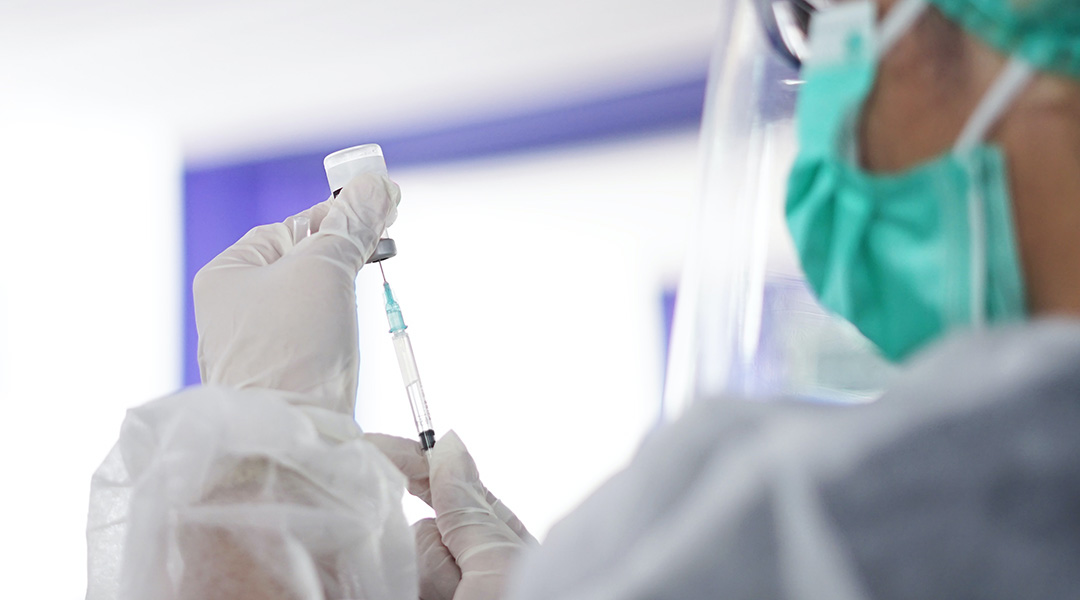
Hydrogel vaccines could spell the end of booster shots and vaccine inequity
A hydrogel delivery system boosts single-dose efficacy and provides a potential tool to fight future pandemics and vaccine inequity.

Study finds a 1% reduction in body weight can attenuate brain aging
Using brain imaging, scientists discover reduced brain aging after just 18 months of healthy diet and exercise.
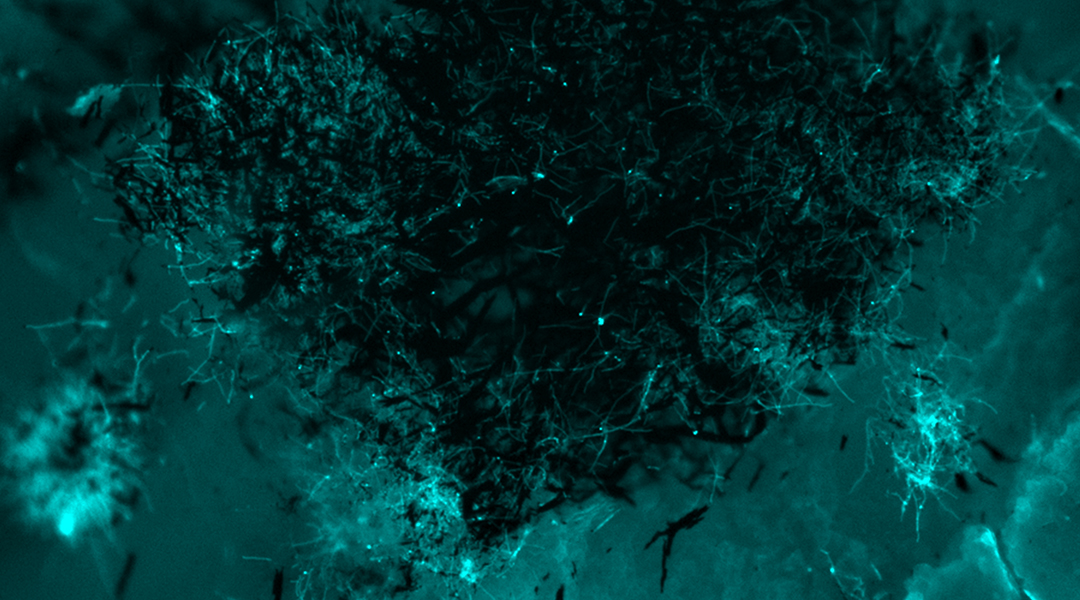
Microrobots kill fungal infections in just ten minutes
To curb the rising threat of fungal infections, researchers crafted iron oxide nanoparticles as speedy, effective, and inexpensive antifungal agents.
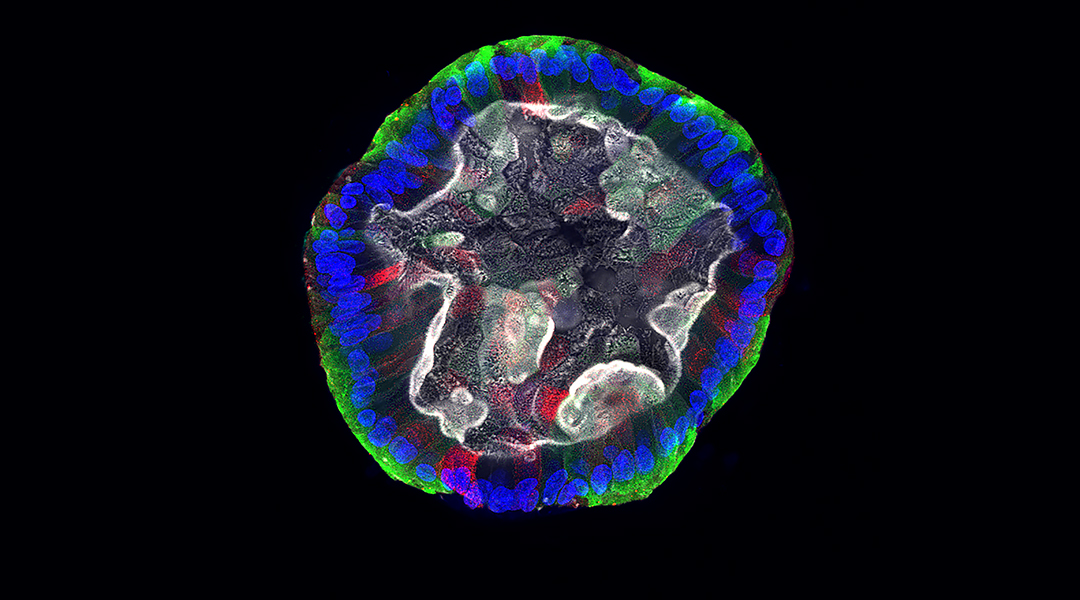
Using organoids to advance equity and inclusion in drug discovery
Addressing the lack of diversity in drug testing, scientists are using organoids from voluntary donors to enhance equity and inclusion.
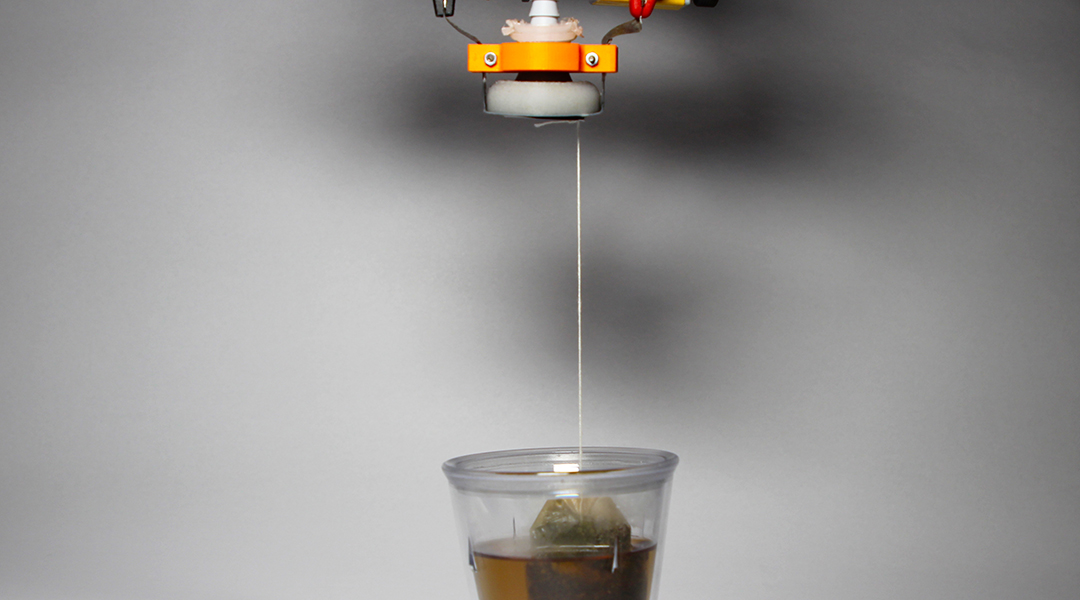
A soft robotic hand takes a two-pronged approach to grasping
Resembling a balloon filled with coffee grounds, this gripper uses granular jamming and electrostatic interactions to manipulate objects.

Pathogen detection with nanotechnology
Researchers turn to nanotechnology to boost the detection of pathogens, including SARS-CoV-2.
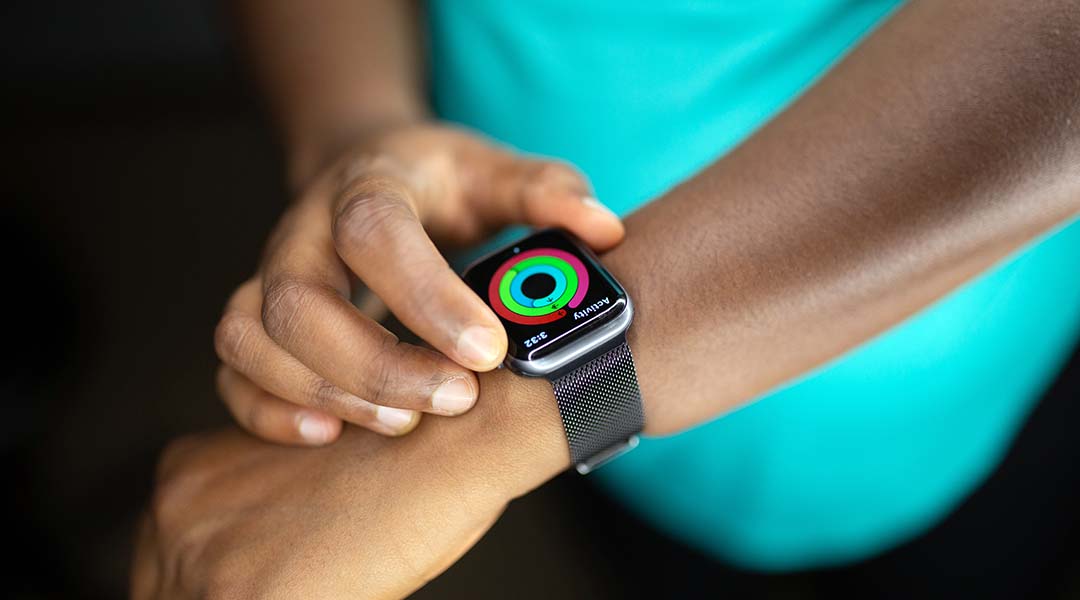
Flexible zinc-air batteries for wearable electronics
A novel hydrogel component could increase the life cycle of cheap, safe, environmentally friendly, and energy-efficient batteries.

3D printing with sound
Using sound fields to trap particles and mold matter in complex shapes, scientists are taking 3D printing to the next level.

Forest restoration benefits depend on location
The long-term benefits of global forest restoration to support biodiversity and ecosystems depends on climate and forest type.

How the capybara could improve biofuels
Unique enzymes found in the gut of sugarcane-eating capybaras could help convert agricultural waste into low-carbon biofuels.

Offshore oceanic CO2 capture
An out-of-the box approach to carbon sequestration proposes an off-shore solution and a fascinating adjunct to direct air capture.
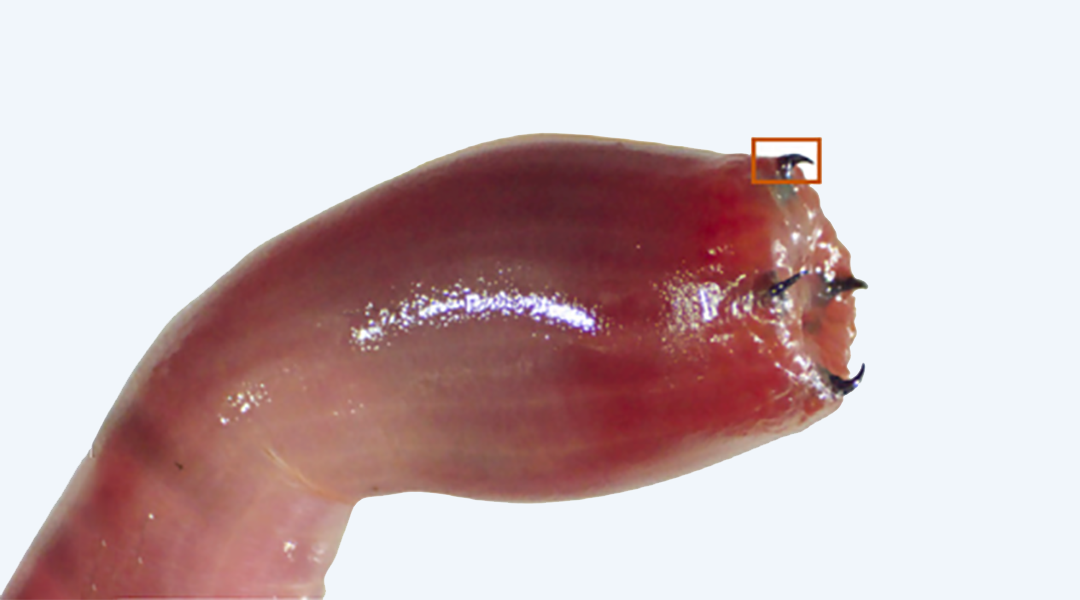
How bloodworms build their copper teeth
Scientists uncover how one small protein juggles multiple roles in shaping the bloodworm’s fang-like copper teeth.

Defining the edges of galaxies
Using a new definition of galaxy size, astronomers have uncovered new, exciting findings about how they formed and evolved.

James Webb Telescope images the Pillars of Creation
This month, NASA’s James Webb Telescope captured images of the Pillars of Creation in breathtaking detail.

Black hole orbit oscillations shore up general relativity
Oscillations measured in the orbits of a pair of black holes have once again helped confirm predictions made using general relativity.

Single photons light up quantum encryption
Exploiting defects in 2D hexagonal boron nitride to create reliable single photons, researchers have upped their quantum encryption game.



